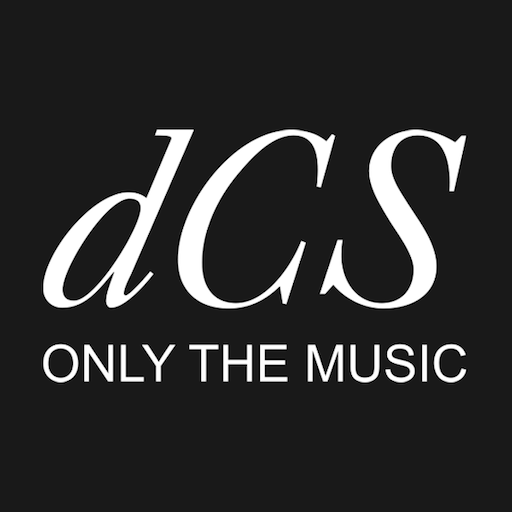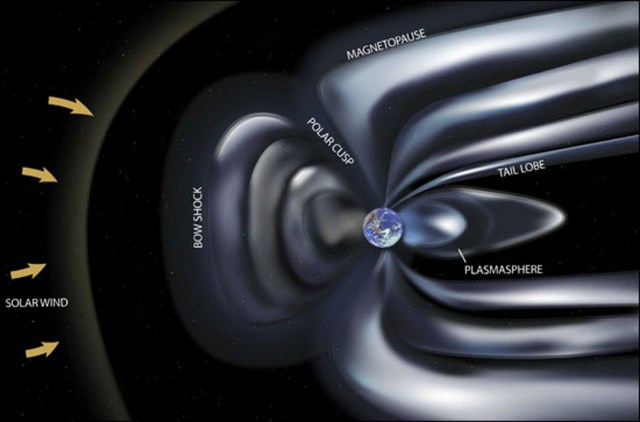Galliardist
Major Contributor
Let's wait... someone else may have a better answer for you?Thanks.
Let's wait... someone else may have a better answer for you?Thanks.
Conclusion.... it is not the bits. There are differences between the devices. This means this is measurable. The most obvious difference would be the output level.Realized that Lindemann has a USB input. I had used it before with a disc drive. Did some listening. CD is only slightly better than the stream. Bryston still rules.
Page 7, and @Takaya and @solderdude have now got the most likely suspect in for questioning, even if we don't have the evidence for the court case just yet.And now we’re on page six in this thread. I don’t have much hope that he’ll actually try finding the cause, if any, for the differences in sound.
I'd put my money on the streamer being low quality. Bryston are generally a good engineering company and if they quote 2v in the manual the output's going to be 2v. Amir measured the Lindemann at 2v, IIRC. But -Conclusion.... it is not the bits. There are differences between the devices. This means this is measurable. The most obvious difference would be the output level.
When the Bryston rules it would be a fair bet the output voltage is higher or the converter in the streamer is of that low quality it becomes audible (also very measurable)
When you really want to go to the bottom of this you would have to record the analog outputs of both devices. For that you would need a good ADC and record with at least 96kHz.
To determine the difference in output voltage you can also use an ADC but can be a crappy one (the one in a PC might do).
I've been thinking about it. If our eyes and brain recognize us, why should we not be fooled? At least a bit.there's some nostalgia or tactile feel to CDs, that enhances your listening experience, I don't see any reason to avoid it.
We hear from folks that bits are bits. Why does a CD redbook player sound better than a Streamer at 44.1/16, or even DSD.

 dcs.community
dcs.community


The articles seem to be the responsibility of the Head of Customer Service.It's just common knowledge mixed with nonsense.


"This diagram shows how an analogue sound wave can be represented with 24-bit 176,400 samples per second PCM encoding. The sample rate being higher than CD audio above allows for a greater representation across the X axis of this graph, whereas the higher bit-depth allows for the exact amplitude of the wave to be more accurately represented with each sample – the Y axis."
"It is a common misconception that 24-bit audio simply records louder and quieter sounds than is possible with 16-bit audio, but this is not the case. Instead, the same range of loudest to quietest is measured, but with 24-bit sampling it is done with considerably more steps than with 16-bit. This means the absolute value of the waveform at any given point can be much better represented."
Absolute bullshit. Showing that last 22.7us of analouge 16 bit output as a straight line is nothing short of malevolent misinformation (I refuse to believe, they are that stupid).
They keep trying to invoke the false intuition most people have about "greater representation". There's no such thing.
"This results in the Ring DAC having class-leading distortion performance, particularly at lower signal levels. This means more fine detail can be resolved and heard in the audio."
Okay, so. A current source ladder solves a number of problems and takes DAC performance to a new level? Then why just keep rambling about the tech, and not just show measurements of the performance? If it's as good as they say, it should be easy as pie.
Often the job falls to tech writers, who may or may not have a good grasp of engineering.The articles seem to be the responsibility of the Head of Customer Service.
For the company that dCS once was, this seems rather odd. Maybe their engineers have been tied up writing returns policies for the last decade?
I agree their presentation style is not optimal, for the sample value display they should have used pin plots (not connecting the dots) rather than bins one sample wide. But their meaning is explained fully correct:Absolute bullshit. Showing that last 22.7us of analouge 16 bit output as a straight line is nothing short of malevolent misinformation (I refuse to believe, they are that stupid).
The sample stream is meant to be read as the abstract data it represents, not a time-domain actual output waveform of the DAC.
My impression too.They keep trying to invoke the false intuition most people have about "greater representation". There's no such thing.
140? Not 120? Also it would be nice to mention, that at a single instance, it's more like 60 dB.It is generally accepted that the human ear can perceive equivalent to 20-bits of dynamic range, which equates to around 140dB
Such a good place to mention, that physics caps the capabilities of the equipment below 24-bit.Moving to a hi-res format like 24-bit, this dynamic range increases to 144dB – assuming the equipment is actually capable of working in true 24-bit.
Also a common misconception, that those additional steps make much difference [in distributed files]It is a common misconception that 24-bit audio simply records louder and quieter sounds than is possible with 16-bit audio, but this is not the case. Instead, the same range of loudest to quietest is measured, but with 24-bit sampling it is done with considerably more steps than with 16-bit.
Sure, sure, but let's do something else first. Let's listen to this below 90 dFBS white noise [insert audio here]. You don't hear anything? Well, this is the only difference between 24 and 16 bits. And it will be similar for any recording. Here you have it 30 dB louder, you should hear something now [insert audio here].Imagine for a moment trying to measure the height of a particular window on a skyscraper. ...
How audible? Is it always audible?Quantisation noise is the audible noise which is generated by the error in the measurement.
Maybe that's my cynicism showing, but I feel like they hope, that the readers will remember this 100 kHz but forget the noise part[DSD]
The result is near 24-bit performance in the audio band (0 – 20kHz) and a signal bandwidth that extends beyond 100kHz. The price for the 1-bit approach is a very large amount of noise in the ultrasonic region (20kHz – 1.4MHz)
If I'm not mistaken, only if there was content at the cut-off frequency, which usually there isn't much with music signals.Most ADCs will work using a symmetrical filter. What this means is that for any digital recording, there will be (necessary) pre- and post-ringing present on the recording, as a result of the filter which was used.
That brings up a new worry. What if two small black holes were spinning very fast around your DAC? Gravitational jitter?If we have a 120 m skyscraper and have a 16-bit height resolution, we can determine the height of a window with up to 1.8mm precision. For 24 bits, we can do it with up to 7.5 µm. And you can simulate higher than 16-bit height resolution, by moving the window up and down really fast in a random mannerTo do this, you'll need two small black wholes spinning very fast around each other, fairly close to said building
.
Absolutely! Didn’t you know Ligo is secretly sponsored by PS Audio?That brings up a new worry. What if two small black holes were spinning very fast around your DAC? Gravitational jitter?
Hey, I've been holding back on a method for reducing outside influences. Everyone knows (don't they?) life is only possible on earth because our magnetosphere works like shields on the Star Trek Enterprise to keep radiation away from us on the earth's surface. Why not have a magnetosphere generator for your audio gear. It is science and all that.Absolutely! Didn’t you know Ligo is secretly sponsored by PS Audio?

You'll need some damn good shielded cables for the electrons not to escape. Maybe then it's actually time to buy some of those audiophile ones.That brings up a new worry. What if two small black holes were spinning very fast around your DAC? Gravitational jitter?
It's just common knowledge mixed with nonsense.


"This diagram shows how an analogue sound wave can be represented with 24-bit 176,400 samples per second PCM encoding. The sample rate being higher than CD audio above allows for a greater representation across the X axis of this graph, whereas the higher bit-depth allows for the exact amplitude of the wave to be more accurately represented with each sample – the Y axis."
"It is a common misconception that 24-bit audio simply records louder and quieter sounds than is possible with 16-bit audio, but this is not the case. Instead, the same range of loudest to quietest is measured, but with 24-bit sampling it is done with considerably more steps than with 16-bit. This means the absolute value of the waveform at any given point can be much better represented."
Absolute bullshit. Showing that last 22.7us of analouge 16 bit output as a straight line is nothing short of malevolent misinformation (I refuse to believe, they are that stupid).
They keep trying to invoke the false intuition most people have about "greater representation". There's no such thing.
"This results in the Ring DAC having class-leading distortion performance, particularly at lower signal levels. This means more fine detail can be resolved and heard in the audio."
Okay, so. A current source ladder solves a number of problems and takes DAC performance to a new level? Then why just keep rambling about the tech, and not just show measurements of the performance? If it's as good as they say, it should be easy as pie.
